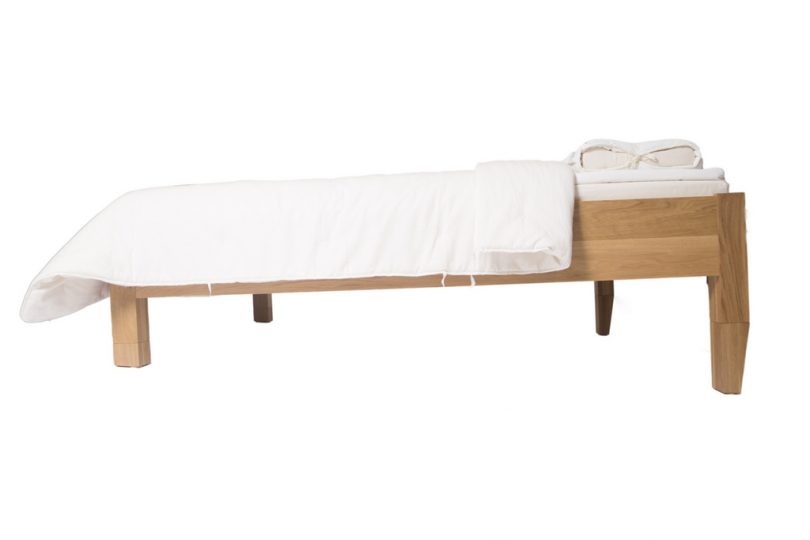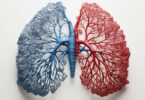Table of Contents
For those of us who don’t know, inclined bed therapy is a fast-growing treatment technique for a wide array of conditions. The method was developed by Andrew K. Fletcher, a British mechanical engineer who had a love for nature.
He noticed a curious phenomenon which occurred in plants. Gravity naturally draws the denser nutrient-rich sap from the tree leaves downwards. This forces the more diluted plant sap upwards, allowing it to be re-enriched by the nutrients produced in the leaves during photosynthesis.
He found that similar processes were involved in the human body between arterial and venous blood. Using this knowledge, he devised a series of experiments which saw the best angle which allowed these processes to continue in human even as we lay down to sleep. The slope he recommended was 6 inches or 5 degrees.
Interestingly he found that he was not the only one to have noticed this curious feature. The ancient Egyptians were shown to sleep on inclined beds, which were raised about half afoot. Encouraged by this, he set out to preach the good news of inclined bed therapy and the benefits it has on our health. So, what are the benefits of inclined bed therapy:
It improves lymphatic drainage.
While we sleep, our body washes out all the toxins and waste products built up by our brain cells during the day. This particular fluid is called lymphatic fluid and is passed into the general circulation to be removed. An act of resting at an angle during sleep aids the distribution of blood. It also promotes the removal of toxin-laden fluid from the brain. This helps prevent certain conditions such as Alzheimer’s disease and senile dementia.
Is an excellent way of managing recurrent migraines
Studies have shown that inclined bed therapy is also great for those suffering from recurring migraines. Migraineurs who tried the procedure noticed a significant reduction in the intensity, frequency, and duration of their episodes. Various explanations have been proposed for this ranging from improved circulation to increased removal of harmful toxins and vasodilators.
It’s great for your blood pressure.
Also, as part of its benefits to the circulation is its ability to help control the blood pressure. Studies have shown the positive effects on the heart and blood pressure of sleeping in an inclined position. They noticed a fall in the blood pressure over time, as well as a reduction in the symptoms and long-term adverse health effects of a sustained raised blood pressure.
It’s great for your mental health.
Specific forms of degenerative brain conditions such as Alzheimer’s and senile dementia have been linked to the build-up of toxin in the brain. By helping in the removal of these toxins, the onset of these diseases can be delayed. Studies have shown that it also aids in cognition, focus, and memory retention. Specific behavioral issues such as ADHD, which is associated with a reduced attention span and cognitive reasoning, may also benefit from this therapy.
It helps you sleep better.
Inclined bed therapy is a way of dealing with sleeping issues. A lot of people complain about difficulty falling asleep or maintaining sleep. Some have breathing difficulties, such as apnea. By using the inclined bed therapy, not only do you fall asleep more quickly, but you also wake up feeling refreshed and rejuvenated. It removes strain from your neck and head, allowing you to be more at ease and relaxed when you lay down. This, in turn, helps you sleep faster.
It can help reduce gastric reflux.
Gastric reflux occurs when the contents of the stomach are regurgitated back up into the esophagus. This leads to the typical symptom of heartburn. A lot of people have noticed that this occurs to them when they go to bed or lie down just after consuming a meal. This is because, without the influence of gravity, more strain is put on the already weak sphincter, which prevents the gastric contents from refluxing. By practicing inclined bed therapy, you make it harder for the stomach acid to come back up and cause issues. This helps reduce the symptoms and can eliminate the problem.
It improves circulation
When you lay in a perfectly horizontal position, the effect of gravity is canceled out. This means the natural mechanisms by which the body helps circulate blood to all parts of your being are affected. Inclining your bed at a 5-degree angle helps bring back the effect of gravity and improve circulation. You will notice that you feel rejuvenated when you wake up. It is also great for your cardiac health. It is an excellent technique for those struggling with reduced kidney perfusion, peripheral vascular diseases, and a horde of other conditions due to impaired blood flow.
Is an excellent way of treating varicose veins
One of the first uses for the inclined bed technique that was noticed was its positive effect in the treatment of varicose veins. In one of his earlier experiments, varicose veins completely disappeared after just a month of using the technique. This only further cemented the positive effects this theory has on the heart and the circulatory system. You must maintain a complete straight sleeping position to avoid putting unnecessary strain on your joints and impeding circulation.
It’s excellent for relieving neuromuscular pain.
Experiments involving the use of this technique have shown significant improvements in joint and muscle pain during the process. Common conditions such as lower back pain, herniated discs, or muscle strain have been relieved, and the recovery time shortened by using this technique. In a particularly interesting study, this therapy was successfully used to alleviate pain due to a spinal injury and restore a large amount of motor function to the subject. Using this technique in addition to neck support is especially useful for those with chronic neck pain.
Inclined bed therapy has numerous benefits. It’s simple, safe, and useful. Try the technique and experience the benefits from something as simple as raising three head of your bed a few inches.
If you have a news tip, correction or comment, let us know at: [email protected]







